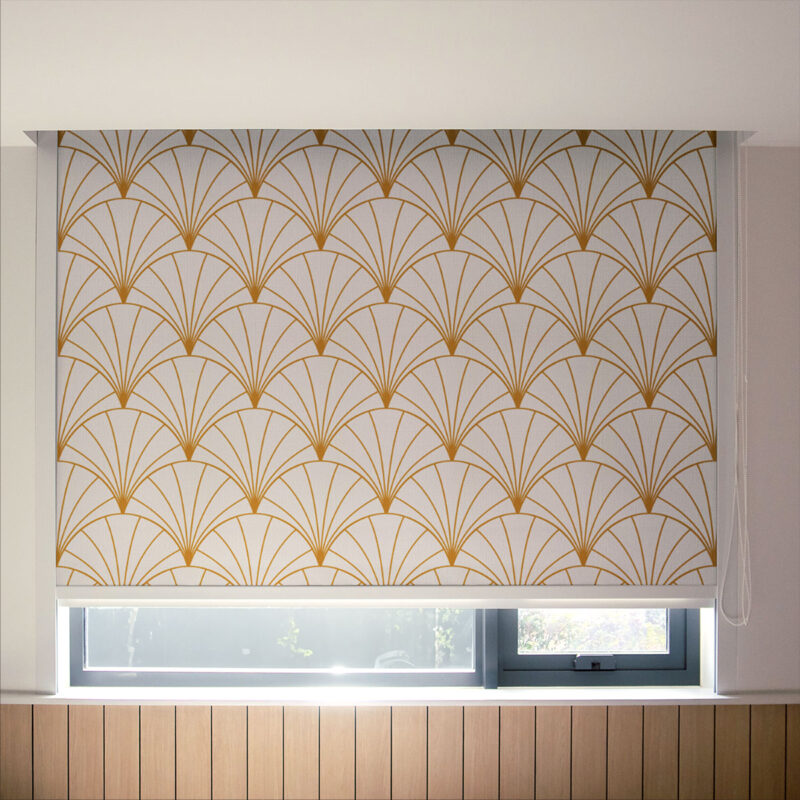PREMIUM BLINDS
-
 BRICK BLACKOUT
BRICK BLACKOUT
₹15,000.00Original price was: ₹15,000.00.₹14,500.00Current price is: ₹14,500.00. -
 VERGE BLACKOUT
₹13,000.00
VERGE BLACKOUT
₹13,000.00
-
 BARON MAGIC
₹12,000.00
BARON MAGIC
₹12,000.00
-
 DOTTED WEAVED
DOTTED WEAVED















